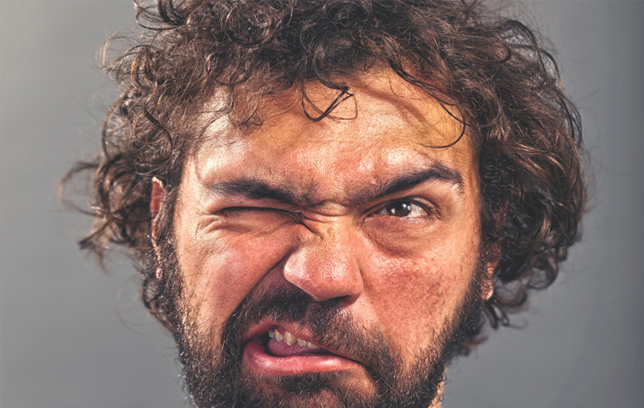If an epic, sunny day outdoors ends with your eyes feeling like they’re covered in sand, you might wonder: Did I fry more than just my skin?
Though it may sound strange, your eyes can indeed succumb to sunburn. “It’s called photokeratitis,” says Jeff Pettey, M.D., clinical spokesperson for the American Academy of Ophthalmology. “It’s essentially a sunburn on the cornea and whites of your eye.”
Photokeratitis strikes most frequently in the summer, when you’re exposed to strong UV rays from the sun for hours without enough protection. The rays bounce off of water, sand, or pavement and into your eyes, damaging the cells on their outer layers. Those cells die and shed, Dr. Pettey says.
If your eyes get burned, you won’t just be in pain—you’ll probably be extra-sensitive to light, too. “Your eyes will swell and tear up a lot, and your vision could be blurry,” Dr. Pettey says.
Your first plan of action is to see an ophthalmologist. “They may need to prescribe antibiotics to prevent an infection, which sometimes happens afterward,” says Dr. Pettey. If your eyes become infected, the corneas can scar over and become opaque—and if that happens in your line of vision, it could affect your sight permanently.
Fortunately, photokeratitis usually clears up on its own within a few days, he says.
Still, excessive sun exposure could lead to cataracts and eye or eyelid cancer, says Dr. Pettey. So to slash your risk of developing something scary, buy a pair of 100 percent, UV-blocking sunglasses, he advises.
(Don’t forget to avoid these 8 Biggest Sun Protection Mistakes, too.)
“They don’t have to be expensive,” Dr. Pettey says. “They just have to fit well.” He likes wraparound models because they protect from UV rays that come in from the side, and shield wind that can make your eyes dry.
Wraparounds can also help keep out particles like grit, sand, or dust that can make it harder to see, he says.
(And while you’re shopping for shades, check out our picks for The Best Sunglasses for Men.)















